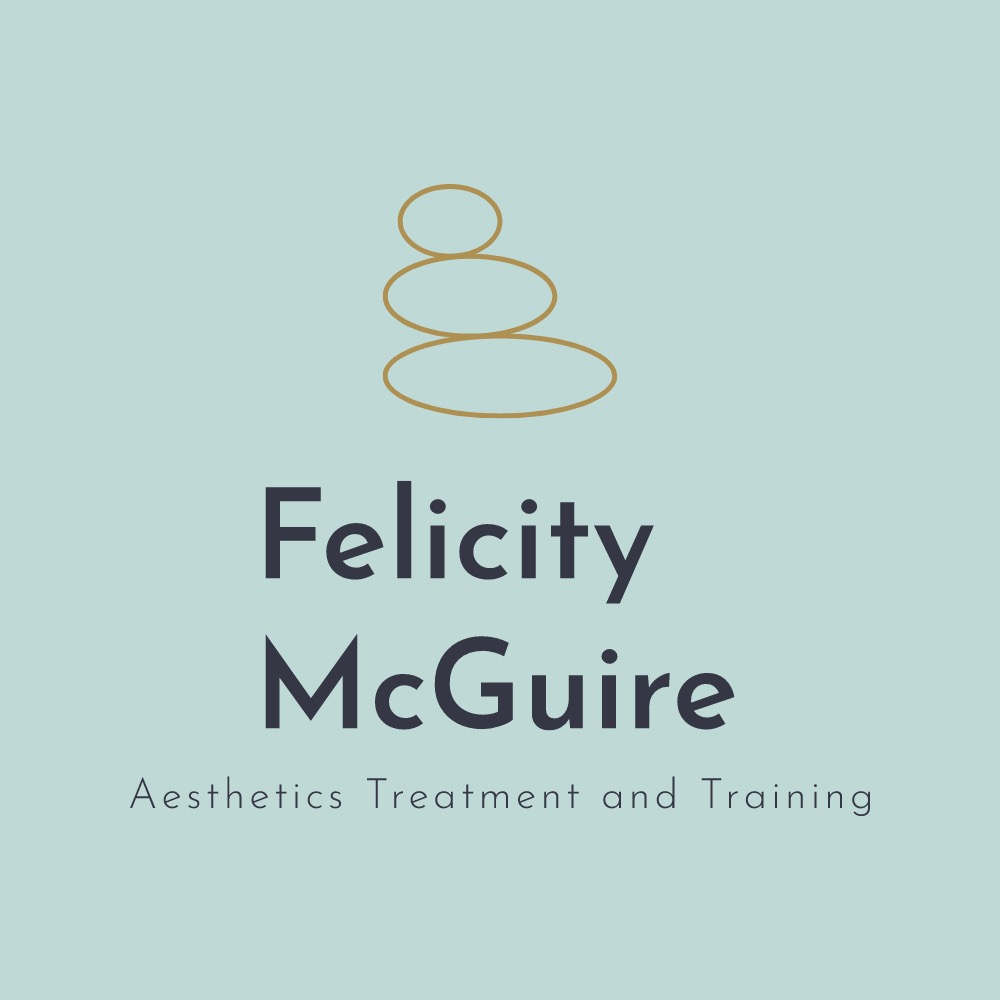Beyond Volume: Why Regenerative Aesthetics Is the Future of Our Practice
- Felicity McGuire
- Jun 16
- 3 min read

Let’s be honest — aesthetic medicine is changing, and fast. More and more, our patients aren’t just asking to look “done”, they want to look rested, radiant, and real. As medical professionals, many of us are shifting away from merely replacing lost volume toward something more meaningful: supporting the skin’s natural ability to regenerate.
Regenerative aesthetics isn’t a buzzword. It’s a thoughtful shift in how we approach treatment. Rather than chasing quick fixes, it’s about investing in the long-term health of the skin and tissues, and it’s changing the way we work.
Why Regeneration Over Replacement?
We’ve all seen what happens when volume is overdone — the heaviness, the lack of movement, the way it can sometimes accelerate rather than soften the signs of ageing. Volume loss is part of the ageing process, yes. But it’s not the whole story.
What’s happening beneath the surface is just as important: the breakdown of collagen and elastin, slower fibroblast activity, skin thinning, and reduced vascular support. If we only fill, we miss a big piece of the puzzle.
By incorporating regenerative treatments, we’re not just adding, we’re actively encouraging the skin to behave like it used to: firmer, more elastic, better hydrated, and more structurally sound.
What Does Regenerative Aesthetics Look Like in Real Life?
In practice, this means choosing treatments and techniques that:

Stimulate collagen and elastin production
Improve skin texture and density
Boost hydration from within
Support long-term tissue health and strength
It also means educating our patients that looking good isn’t just about what we inject — it’s about what their skin is capable of doing after treatment. When we stimulate fibroblasts and reinforce the extracellular matrix, we see more natural, gradual, and longer-lasting outcomes.
The Role of Products Like Neauvia (and Why They Work)
Let’s take a moment to acknowledge that product selection does matter. While we don’t need to push brands, it’s helpful to understand why certain formulas work better in a regenerative context.
Bioactive ingredients like calcium hydroxyapatite (CaHA) can be game-changers. They don’t just sit in the tissue, they get to work. When combined with hyaluronic acid or amino acids, CaHA helps stimulate collagen, improve dermal thickness, and build healthier skin over time.

So yes, tools like Neauvia’s Hydro Deluxe or Stimulate filler can be powerful additions — not because they promise instant transformations, but because they support the skin's biology to heal, rebuild, and thrive.
Practitioner-to-Practitioner: Why This Approach Matters
As injectors, our role is evolving. It’s no longer just about contouring or volumising, it’s about being skin health advocates.
Here’s what we’ve found in practice:
✅ More Natural Results
When tissue quality improves, everything else sits better. Skin looks fresher and behaves more like youthful skin.
✅ Longer-Lasting Outcomes
Collagen stimulation extends results far beyond what you get from HA alone.
✅ Happier Patients
Patients are increasingly savvy. They want to invest in treatments that offer long-term value — and they notice when their skin genuinely improves.
✅ Flexibility Across Ages
Younger clients love regenerative support as a preventative measure, while older patients appreciate deeper improvements to elasticity and structure.
✅ A Practice That Stands Out
Offering regenerative options can really set your clinic apart — showing that you’re not just following trends, but leading with a future-focused philosophy.
Talking to Patients About Regeneration (Without the Science Overload)
It’s easy to get caught up in the biochemistry — but our patients just want to know what it means for them. Here are a few ways we like to explain it:
“We’re not just filling — we’re helping your skin rebuild from within.”
“Think of this as encouraging your skin to act younger, not just look it.”
“It’s not about changing your face — it’s about supporting what’s already there.”
Using simple, empowering language helps patients feel informed, not overwhelmed. And when they understand the “why,” they tend to be more committed to the treatment plan.

Final Thoughts
Regenerative aesthetics isn’t about replacing everything we’ve learned, it’s about adding depth to what we do. It allows us to treat more holistically, support better skin outcomes, and offer our patients something more sustainable.
If you’re new to this approach, start small. Add a regenerative skin booster into your treatment offerings or consider combining bioactive fillers with your existing techniques. You don’t need to overhaul your practice,
just enhance it with intention.
Let’s keep sharing what works, learning from one another, and prioritising treatments that truly respect the skin.
The future of aesthetics is not just about how we fill — it’s about how we heal.





Comments